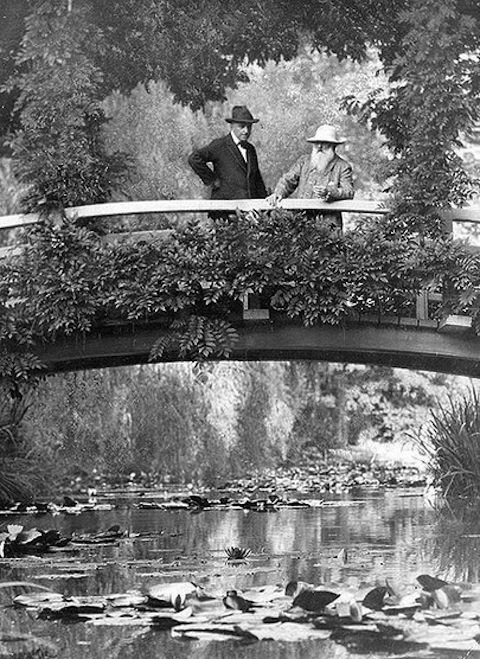If you haven’t yet seen Wes Anderson’s new movie Asteroid City, I recommend doing so not just in the theater, but in a seat as close to the screen as you can handle. You’ll feel more enveloped by the desert landscapes (the Spanish desert, standing in for Arizona), but you’ll also be better placed to appreciate the detail of all the miniatures that fill it. Over his past two and a half decades of feature films, Anderson’s signature aesthetic has become ever more Andersonian. This has many aspects, one of them being an intensive use of models: real, physical models, as opposed to digital visuals created entirely by computer. In the new Vox video above, model maker and prop painter Simon Weisse, veteran also of Isle of Dogs and The French Dispatch, explains the how and the why behind it
Asteroid City opens with a train crossing a vast, parched expanse, passing alongside (or through) the occasional rock formation. Any viewer would assume the train is a miniature, though not every viewer would immediately think — as revealed in this video’s behind-the-scenes shots — that the same is true of the rocks.
In both cases, the “miniatures” are only so miniature: the relatively large scale offers a canvas for an abundance of painted detail, which as Weisse explains goes a long way to making them believable onscreen. And even if they don’t quite look “real,” per se, they conjure up a reality of their own, an increasingly central task of Anderson’s cinematic project, in a way that pure CGI — which once seemed to have displaced the art of miniatures entirely — so often fails to do.
The video quotes Anderson as saying that audiences pick up on artificiality in all its forms, whether digital or physical; the filmmaker must commit to his own artificiality, accepting its shortcomings and exploiting its strengths. “The particular brand of artificiality that I like to use is an old-fashioned one,” he adds (but needs not, given his undisputed reputation as the auteur of the retro). Christopher Nolan, a director of the same generation who has an entirely different sensibility from Anderson, also goes in for large, detailed miniatures: mostly buildings that blow up, it seems, but his choices still show an understanding of the kind of physicality that even the most advanced digital effects have never replicated. If he’s seen the alien spaceship that descends on Asteroid City (the mention of which no longer seems to count as a spoiler), he must have felt at least a touch of envy.
Related content:
Wes Anderson Movie Sets Recreated in Cute, Miniature Dioramas
An Architect Breaks Down the Design Details of Wes Anderson’s The Grand Budapest Hotel
Why Do Wes Anderson Movies Look Like That?
Blade Runner’s Miniature Props Revealed in 142 Behind-the-Scenes Photos
Based in Seoul, Colin Marshall writes and broadcasts on cities, language, and culture. His projects include the Substack newsletter Books on Cities, the book The Stateless City: a Walk through 21st-Century Los Angeles and the video series The City in Cinema. Follow him on Twitter at @colinmarshall or on Facebook.





